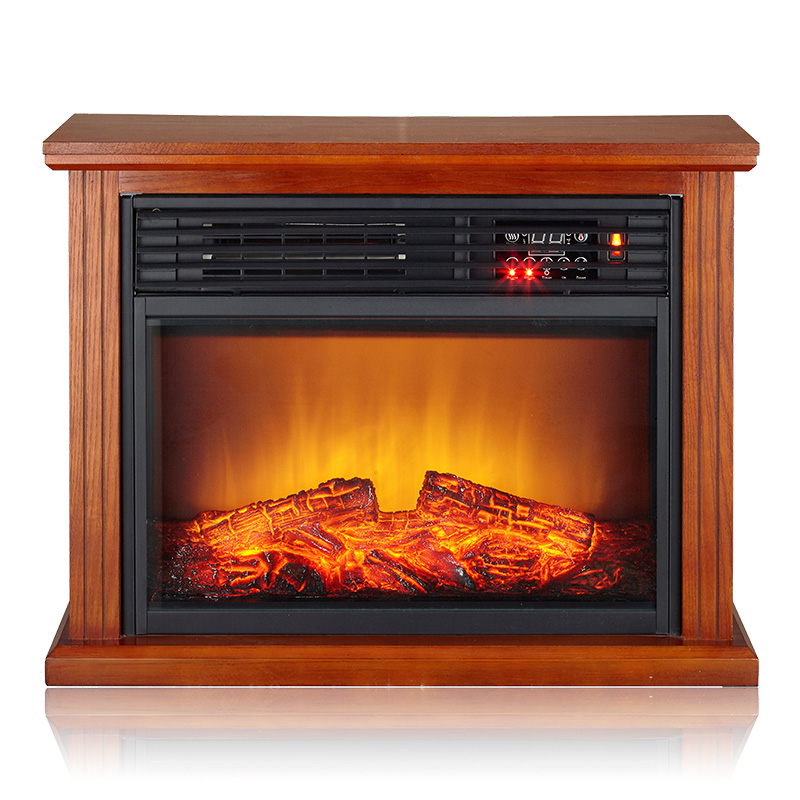Infrared heaters have several limitations that make them less suitable for certain scenarios. Here are some of the limitations of infrared heaters and situations where they might not be the ideal heating solution:
1.Limited Directional Heating:
Infrared heaters operate on the principle of line-of-sight heating, meaning they are most effective when their radiant heat directly reaches people or objects within their field of view. In scenarios where comprehensive, multi-directional heating is essential, such as in large halls or open-plan offices, the focused nature of infrared heaters might not sufficiently cover the entire area, leading to uneven heating.
2.Insulation Dependency:
The efficiency of infrared heaters is contingent upon proper insulation within the space. Poorly insulated areas allow heat to escape easily, diminishing the effectiveness of infrared heaters. To mitigate this, significant investment in insulation might be necessary, which can be a limitation in situations where retrofitting insulation is challenging or costly.
3.Heating Time:
Although infrared heaters provide instant warmth to individuals and objects within their range, they may require a longer time to effectively heat larger spaces. This characteristic can be a limitation in applications where rapid and uniform heating is imperative, especially in environments subject to frequent and sudden temperature fluctuations.
4.Humidity Levels:
Infrared heaters tend to reduce humidity levels in enclosed spaces over time. In environments where maintaining optimal humidity is critical, such as certain manufacturing processes, laboratories, or museums housing sensitive artifacts, the low humidity resulting from prolonged use of infrared heaters can be a drawback, necessitating additional measures to balance humidity.
5.Limited Heat Retention:
Infrared heaters do not retain heat once they are turned off, leading to rapid cooling of the space. This lack of heat retention can be a limitation in applications where maintaining a consistent temperature is essential, such as in some agricultural or horticultural settings like greenhouses, where sudden temperature fluctuations can harm delicate plants.
6.Aesthetics and Space Constraints:
In settings where aesthetics and space constraints are paramount, visible infrared heaters might not align with the desired design or spatial layout. Bulkier infrared heating units can pose challenges in interior spaces where preserving the visual appeal is essential, requiring careful planning to integrate them inconspicuously.
7.Initial Cost:
While infrared heaters can offer long-term energy savings, the initial investment required for high-quality infrared heating systems can be substantial. This higher upfront cost can deter budget-conscious consumers or businesses, especially when compared to some conventional heating alternatives that have lower initial purchase costs.
8.Sensitive Electronic Equipment:
Infrared heaters emit electromagnetic radiation, which can interfere with sensitive electronic equipment present in the vicinity. In environments like data centers or research laboratories where precision instruments and electronic devices are operational, the electromagnetic interference from infrared heaters can disrupt delicate equipment, necessitating the exploration of alternative heating solutions to ensure uninterrupted functionality.
9.Outdoor Windy Environments:
In outdoor settings, particularly those prone to strong winds, the effectiveness of infrared heaters can be significantly diminished. Wind disperses the radiant heat rapidly, making it challenging to maintain a consistent and comfortable temperature. In such outdoor spaces, alternative heating methods that are less susceptible to wind interference might be preferable, ensuring reliable heating even in adverse weather conditions.
Real log flame effect
Black cast effect finish
Flame effect can be used independently
2 heat settings option
Mechanical switch
Power: 1500W for 100-130V, 60Hz
2000W for 220-240V, 50/60Hz
Products Size(mm): 720×150×540






